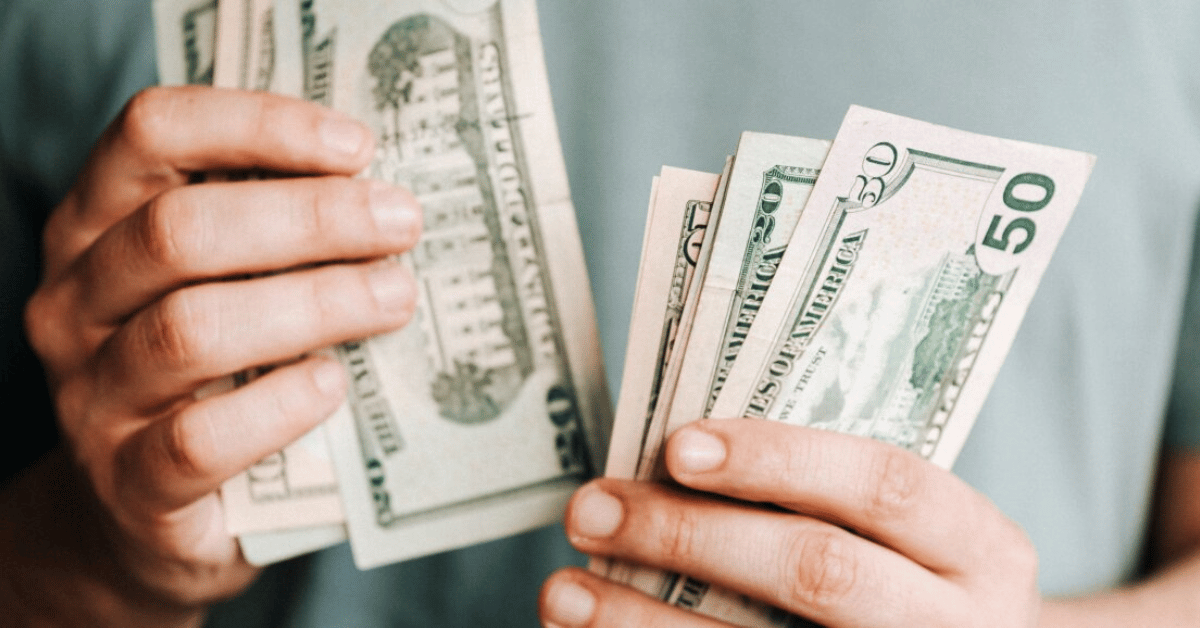

Article
— retirement
Is a Roth Conversion Right for You?
IRAs, or individual retirement arrangements, are a popular way to save for retirement, and with good reason: IRAs have numerous benefits. You may already be familiar with some of the different types of IRAs, including traditional IRAs and Roth IRAs. But you might not know it’s possible for people who typically don’t qualify for a Roth IRA to convert a traditional IRA into a Roth IRA. Depending on the details, this process is known as a “Roth conversion” or a “backdoor Roth IRA,” and in this post, we’ll walk you through two common scenarios where they’re likely to be beneficial.
IRA basics
First, let’s review a few basics about IRAs. IRAs are retirement accounts you open for yourself, unlike 401(k) plans which are offered through your employer. Roth and traditional IRAs have lower contribution limits than 401(k)s and they tend to have more flexibility around investment options. Here are some highlights at a glance:
- Traditional IRAs: In general, depending on your income and whether you have a 401(k) plan at work, you get a tax deduction in the year you contribute to a traditional IRA and then pay taxes on withdrawals.
- Roth IRAs: You don’t get a tax deduction when you contribute to a Roth IRA, but withdrawals after age 59 ½ are tax-free. You can’t contribute directly to a Roth IRA if you earned $161,000 and over as a single filer or $240,000 and over as a married joint filer in 2024, and those numbers rise to $165,000 and $246,000 respectively in 2025.
The tax advantages of both account types can be significant, but the tax-free growth and withdrawals you get with a Roth IRA can be especially powerful. Not everyone is eligible to contribute to a Roth IRA directly, so that’s where Roth conversions come in. A Roth conversion is when you move money from a traditional IRA to a Roth IRA. You might owe taxes in the year of the conversion, depending on whether you have any pre-tax funds in your account, but then your withdrawals from your Roth IRA after age 59 ½ are tax-free.
Let’s look at two instances where a Roth conversion is likely to be beneficial.
Scenario 1: One-off Roth conversion in a low-earning year
Let’s say you know you’re in an unusually low-earning year. Maybe you’re going to grad school or you’re taking time off to travel. You have an existing traditional IRA with some pre-tax funds in it (either because you rolled over a 401(k) from a previous employer or you contributed to one directly), and since you’re in a lower-than-usual tax bracket, now could be a good time to pay taxes on the conversion and then benefit from the tax-free growth and withdrawals you get with a Roth IRA in the future.
Let’s look at an example of how this might work. Assume your ordinary income tax rate will be 20% this year instead of the 40% it would be in a typical year. You have $10,000 (pre-tax) in a traditional IRA, and you’re wondering if you should execute a Roth conversion. If you were to leave the money in a traditional IRA for 30 years, assuming a 6% return compounded annually, it would be worth $34,460.95 after paying a 40% tax upon withdrawal. However if you converted the account to a Roth IRA, you’d pay $2,000 in taxes now (that’s your 20% current income tax rate multiplied by the value of the account), but the value of the remaining $8,000 compounded at 6% annually over the next 30 years would be worth $45,947.93 after taxes, because you wouldn’t owe any additional taxes upon withdrawal as long as you were at least 59 ½ years old. In other words, converting your traditional IRA in a low-earning year has the potential to give your retirement savings a big boost.
Scenario 2: Backdoor Roth to save more for retirement
Let’s assume you earn too much to contribute directly to a Roth IRA and you aren’t eligible to deduct contributions to a traditional IRA (either because your income is too high or because you have a 401(k) plan at work), but you still want to save some additional money for retirement. Assuming you don’t have any pre-tax money in a traditional IRA and don’t anticipate needing the funds within five years, you’re likely to benefit from a type of Roth conversion known as a “backdoor Roth.”
Again, let us explain with an example. If you fit the description above, you can either invest by opening a taxable investment account or making a non-deductible contribution to a traditional IRA. If you invest $7,000 in a taxable investment account at a 6% return compounded annually over 30 years, ignoring the taxes you’d have to pay on dividends and the gains associated with account rebalancing, your account would be worth $40,204.44 at retirement, but you’d still owe capital gains taxes when you sell to withdraw. If your capital gains tax rate in retirement were 15% then that account would only be worth $35,223.77 after taxes. However if you contributed $7,000 (after-tax) to a traditional IRA (this is the contribution limit for 2024 and 2025 if you are under 50) instead and converted to a Roth IRA, your account would be worth $40,204.44 at withdrawal because you would owe no taxes on the sales (again, assuming you were at least 59 ½ at the time).
When a Roth conversion isn’t right for you
If you’re still unsure, here are two signs that a Roth conversion probably isn’t right for you:
- You plan to retire within five years. You have to wait at least five years to withdraw earnings from a Roth IRA with no penalty, even if you are 59 ½ years old (the typical age at which you can start taking withdrawals with no penalties).
- You don’t have enough cash on hand to pay taxes on the conversion. These taxes could be significant if you have a lot of pre-tax money in a traditional IRA. You can estimate them by multiplying the amount of pre-tax money in your traditional IRA by whatever you expect your marginal tax rate to be.
Automation makes it easy
Typically, the Roth conversion process involves a bunch of paperwork. But at Itrust, we’ve automated the process so you can convert an Itrust SEP or traditional IRA to a Roth IRA with just a few taps on your phone. Automated Roth conversions are just one of the many tax-minimization features we offer you at no additional cost, including:
- Tax-Loss Harvesting, both at the ETF level and the individual stock level
- Tax-minimized withdrawals
- Tax-minimized brokerage transfer
- Tax-sensitive rebalancing
At Itrust, we want to help you build long-term wealth so you can meet your financial goals (like retirement!) with confidence. We hope the information in this post helps you make an informed decision about Roth conversions. For even more help planning for retirement, check out our IRA calculator.


